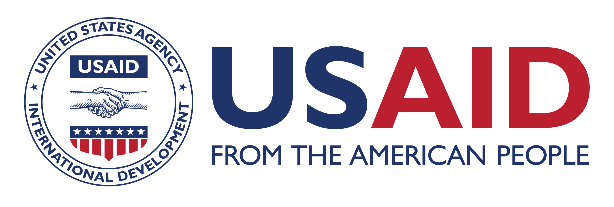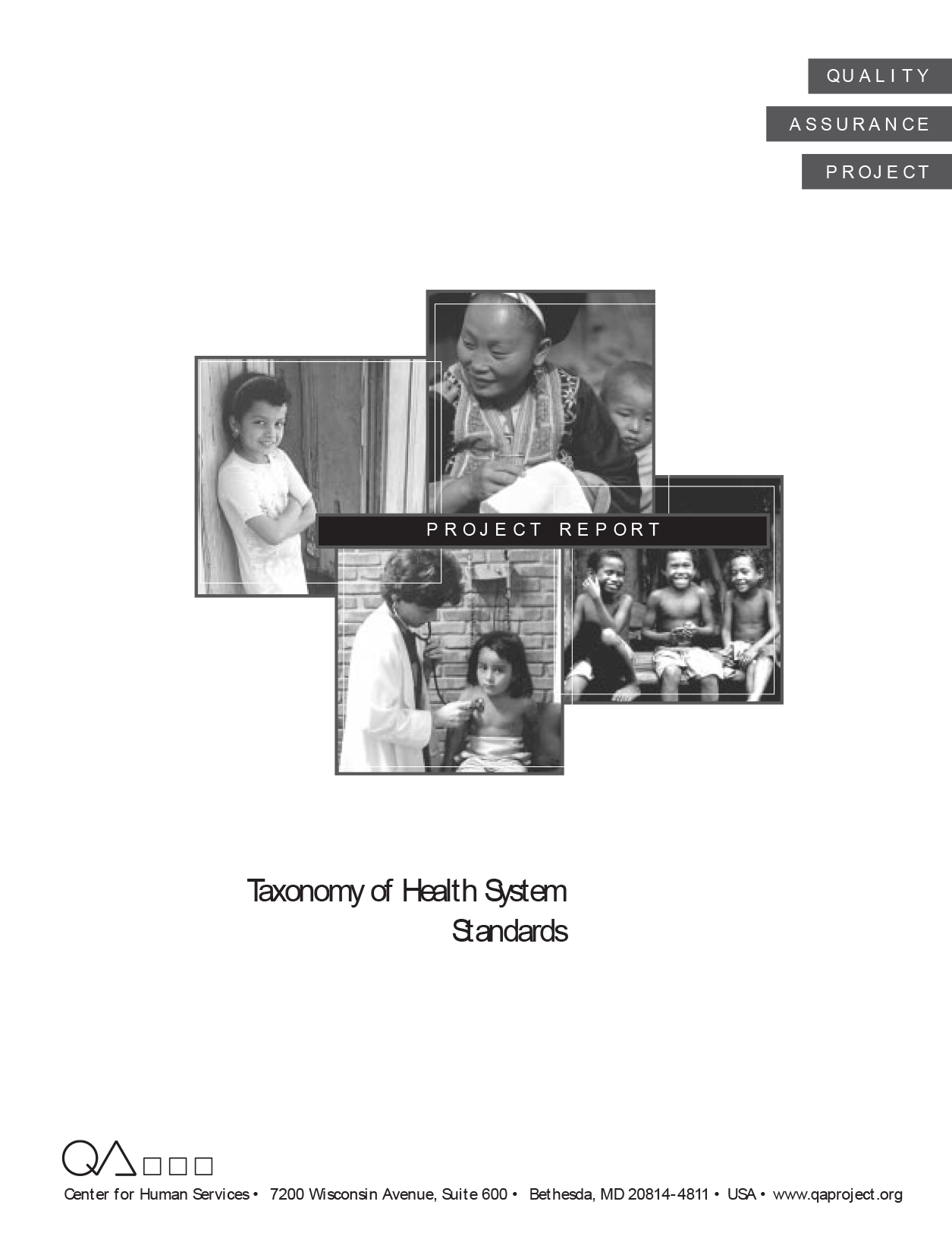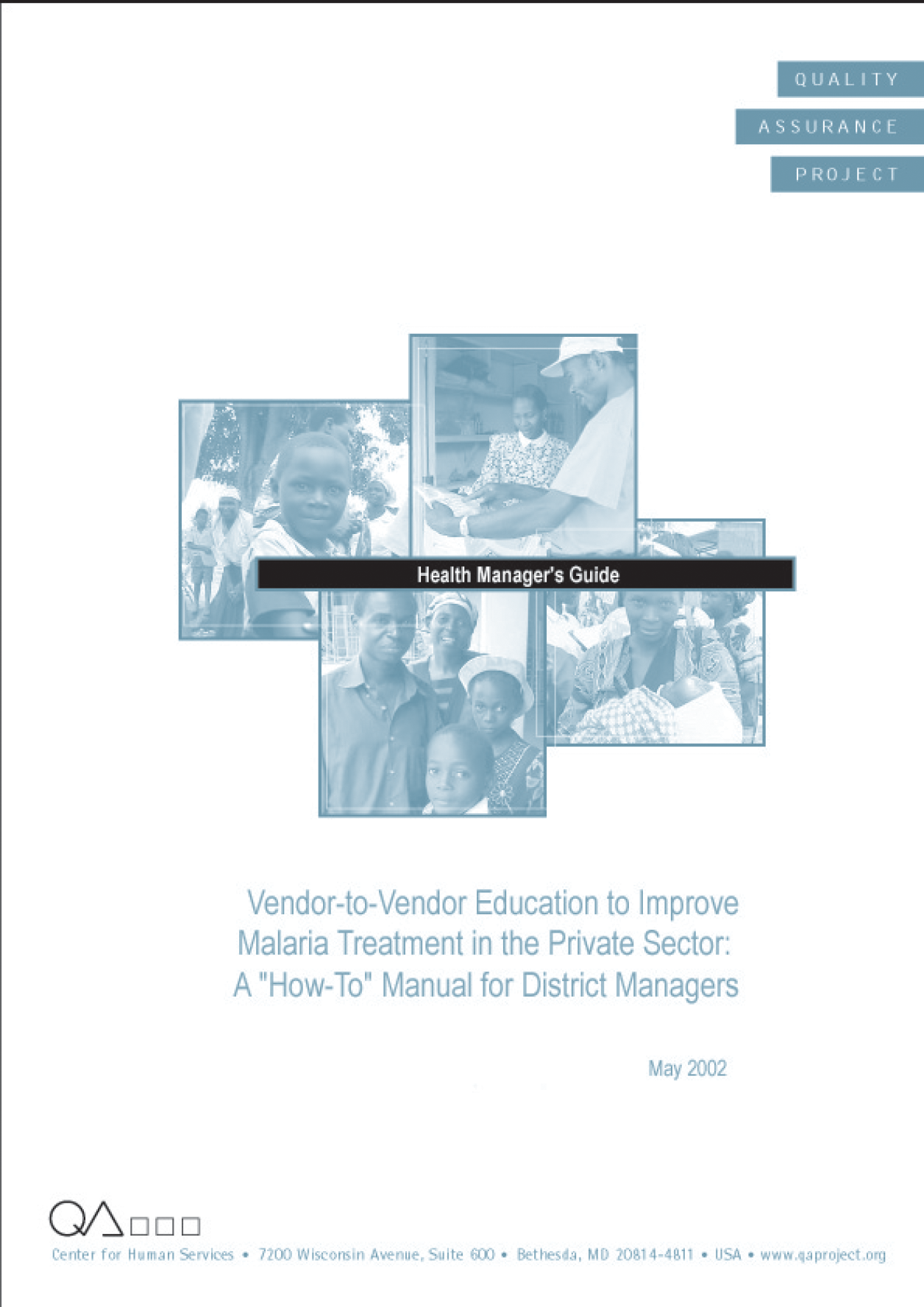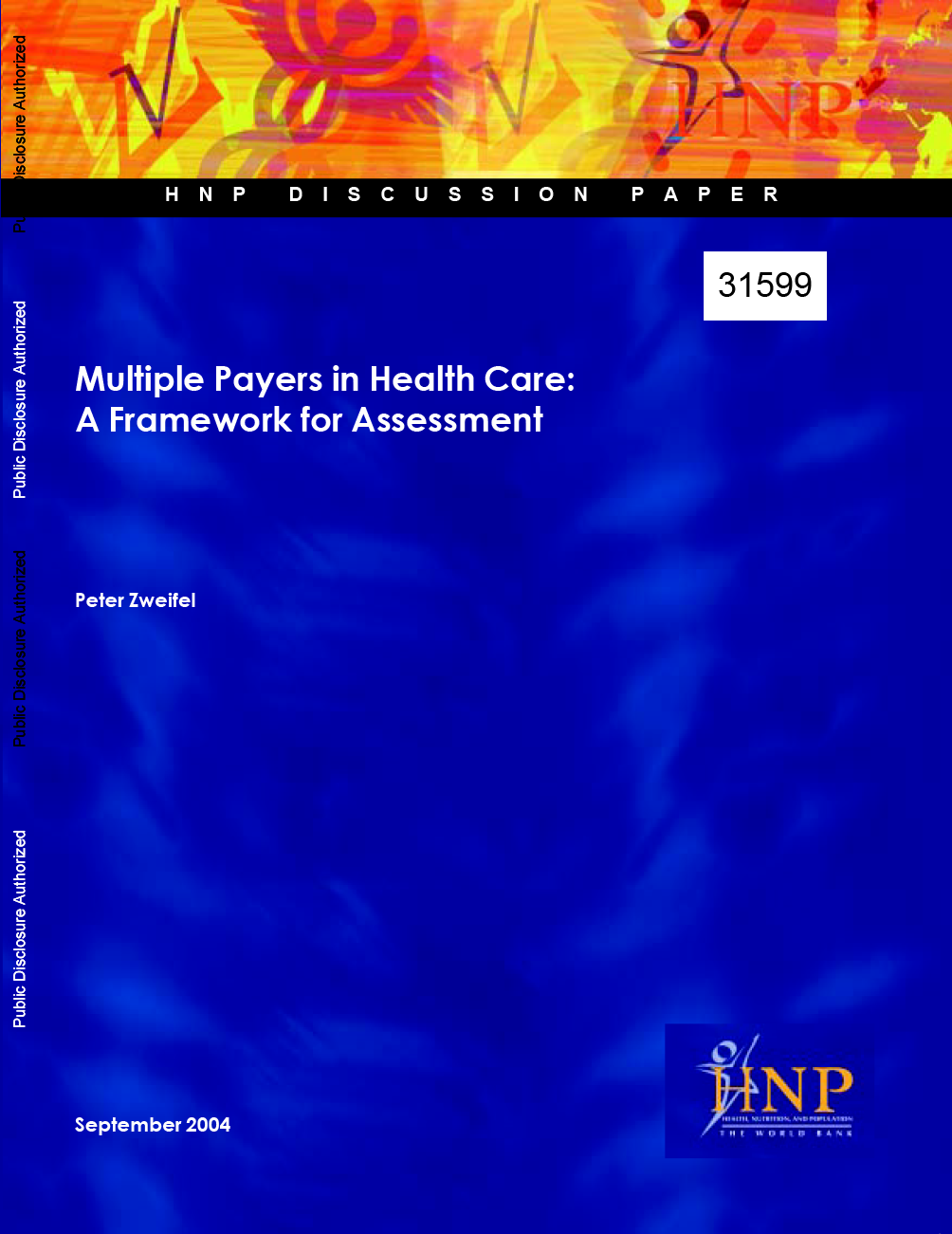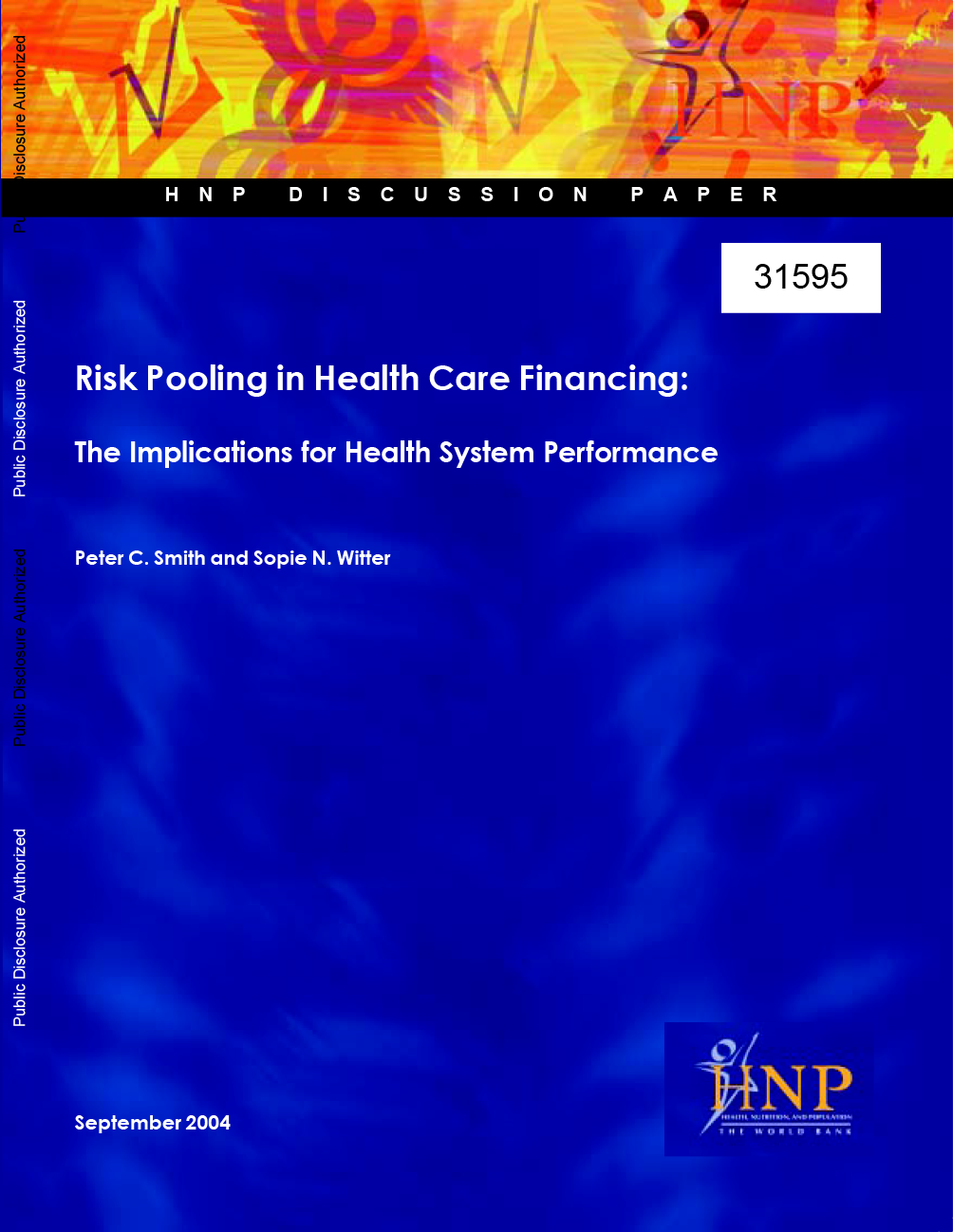
Resource Library
Willingness to Pay Surveys for Setting Prices for Reproductive Health Products and Services: A User's Manual (en Español)
Willingness to pay surveys for setting prices for reproductive health products and services (updated). Managers of reproductive health programs frequently consider increasing fees as a means of enhancing the sustainability of their programs. Willingness to pay (WTP) surveys are a tool for measuring the demand for services and estimate revenues if price increases are implemented. This manual describes the WTP concept and outlines methodology for developing a WTP survey. This is the Spanish revised version (2004).
Resource Type : Tool
Country :
Year : 2005-05-23T10:15:00
Language : Spanish
Project : SHOPS

Resource Library
Willingness to Pay Surveys for Setting Prices for Reproductive Health Products and Services: A User's Manual
Willingness to pay surveys for setting prices for reproductive health products and services (updated). Managers of reproductive health programs frequently consider increasing fees as a means of enhancing the sustainability of their programs. Willingness to pay (WTP) surveys are a tool for measuring the demand for services and estimate revenues if price increases are implemented. This manual describes the WTP concept and outlines methodology for developing a WTP survey. The revised version (2004) is now available in Spanish and French.
Resource Type : Tool
Country :
Year : 2005-05-23T09:45:00
Language : English
Project : SHOPS

Resource Library
A Modern Paradigm for Improving Healthcare Quality
A Modern Paradigm for Improving Healthcare Quality sets out the methodologies for four approaches to quality improvement (QI). The four approaches, which vary in the intensity of resources and time they require, are individual problem solving, rapid team problem solving, systematic team problem solving, and performance improvement. Activities/tools: systems view, evidence-based medicine, hierarchy of evidence, hypothesis testing, interpreting data variation, four steps to QI, continuous QI, Shewart's Cycle for Learning and Improvement (Plan, Do, Study, Act), matrix of QI tools, descriptions of 21 QI tools and activities with advice on when and how to use each.
Resource Type : Other
Country :
Year : 2001-01-01T16:00:00
Language : English
Project : SHOPS

Resource Library
Taxonomy of Health System Standards
Written for people developing healthcare standards, this report describes and provides examples of the various components and aspects of standards, explaining such terms as "algorithms," "clinical pathways," and "standing orders."
Resource Type : Tool
Country :
Year : 2001-01-01T15:45:00
Language : English
Project : SHOPS

Resource Library
Vendor-to-Vendor Education to Improve Malaria Treatment by the Private Sector: A "How-To" Manual for District Managers
Private vendors, rather than government facilities or even government-monitored facilities, are most frequently the source for medicine to treat malaria. Unfortunately, however, these vendors are often not well informed with regard to government-specified medication or dosage. This guide was written for district health management teams wanting to work with private vendors to improve vendor practices. It explains how to equip wholesale vendors with job aids to communicate treatment guidelines to retailers. Retailers would then inform patients and patient caretakers of proper treatment. Activities/tools: Eight-step vendor-to-vendor process; data collection, including mystery shoppers; job aids; agreement forms; training vendors; monitoring; and tools for implementing the program.
Resource Type : Tool
Country :
Year : 2002-05-01T15:45:00
Language : English
Project : SHOPS

Resource Library
The World Health Report 2005 - Make Every Mother and Child Count
The World Health Report 2005 – Make Every Mother and Child Count, says that this year almost 11 million children under five years of age will die from causes that are largely preventable. Among them are 4 million babies who will not survive the first month of life. At the same time, more than half a million women will die in pregnancy, childbirth or soon after. The report says that reducing this toll in line with the Millennium Development Goals depends largely on every mother and every child having the right to access to health care from pregnancy through childbirth, the neonatal period and childhood.
Resource Type : Report
Country :
Year : 2005-04-01T17:00:00
Language : English
Project : SHOPS

Resource Library
A Guide to Competitive Vouchers in Health
This guide identifies the advantages of competitive voucher schemes in delivering subsidies; describes the circumstances under which they are superior to other subsidy mechanisms; and explains how to design, implement, monitor, and evaluate a voucher scheme. It provides a broad outline of the problems faced by health systems, the rationale for government intervention, and the different ways in which governments and donors subsidize health care. The guide does not advocate greater use of vouchers but simply raises awareness about voucher schemes, offering policymakers guidance on the choices and decisions they need to make. It also highlights some pitfalls of voucher schemes and describes the different formats vouchers can take depending on the health problems being addressed and the objectives policymakers wish to achieve.
Resource Type : Tool
Country :
Year : 2005-01-01T15:45:00
Language : English
Project : SHOPS

Resource Library
Multiple Payers in Health Care: A Framework for Assessment
The starting point of the debate about the pros and cons of multipayer systems is the suspicion that in many health care systems, consumers do not get sufficient value for money. This contribution argues that one cause may be a nonoptimal choice of payment systems. Optimal payment of health care providers importantly depends on the amount of information available to the (prospective) patient. If patients have full information about both the effort exerted and the effectiveness of the service provider, the conventional fee-for-service payment is optimal from their point of view. If patients cannot observe true effort exerted while providers are reasonably homogenous with respect to effectiveness, the optimal payment function consists of a fixed payment and a bonus for especially favorable outcomes in terms of health. If the patient in addition does not know whether a given health care provider effective or ineffective, a special informational rent designed to attract the unrecognized favorable type is appropriate. Now, a government is unlikely to come up with payment systems that closely conform to this conditionality, typically preferring single-payer systems that allow service providers to exercise monopsony power and thus keep health care expenditure low. Multiple-payer systems containing competitive health insurers may have an advantage in designing payment systems in a way that maintains or reinforces provider incentives to do the right thing for their patients, resulting in more value for money.
Resource Type : Tool
Country :
Year : 2004-09-01T13:45:00
Language : English
Project : SHOPS

Resource Library
Risk Pooling in Health Care Financing: The Implications for Health System Performance
Pooling is the health system function whereby collected health revenues are transferred to purchasing organizations. Pooling ensures that the risk related to financing health interventions is borne by all the members of the pool and not by each contributor individually. Its main purpose is to share the financial risk associated with health interventions for which there is uncertain need. The arguments in favor of risk pooling in health care embody equity and efficiency considerations. The equity arguments reflect the view that society does not consider it to be fair that individuals should assume all the risk associated with their health care expenditure needs. The efficiency arguments arise because pooling can lead to major improvements in population health, can increase productivity, and reduces uncertainty associated with health care expenditure. The report considers four classes of risk pooling: no risk pool, under which all expenditure liability lies with the individual; unitary risk pool, under which all expenditure liability is transferred to a single national pool; fragmented risk pools, under which a series of independent risk pools (such as local governments or employer-based pools) are used; and integrated risk pools, under which fragmented risk pools are compensated for the variations in risk to which they are exposed. It notes that small, fragmented risk pools, which are the norm in developing countries, contribute to seriously adverse outcomes for health system performance. It therefore argues strongly for integration of risk pools as an important health system stewardship responsibility. There are numerous practical difficulties in making integration operational, so the report offers some guidance on implementation, noting that optimal design of risk pooling arrangements depends heavily on local circumstances. It concludes with suggestions for a number of measures of health system performance that can offer indications of the success of risk pool integration.
Resource Type : Other
Country :
Year : 2004-09-01T12:00:00
Language : English
Project : SHOPS

Resource Library

PubMed
PubMed comprises more than 25 million citations for biomedical literature from MEDLINE, life science journals, and online books. Citations may include links to full-text content from PubMed Central and publisher web sites.
Resource Type : Website
Country :
Year : 2005-01-01T10:15:00
Language : English
Project : SHOPS
Pagination
- Previous page
- Page 12
- Next page

